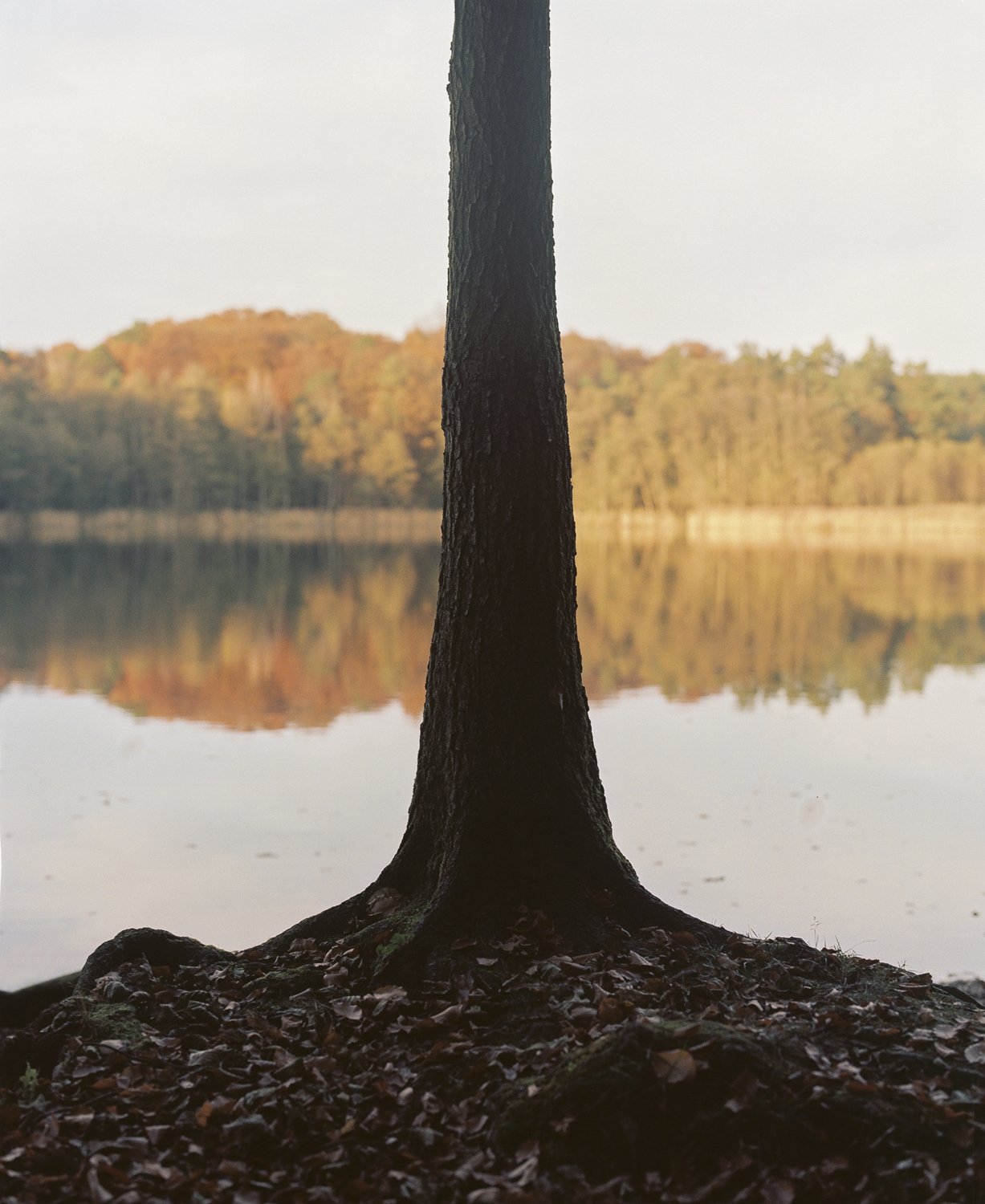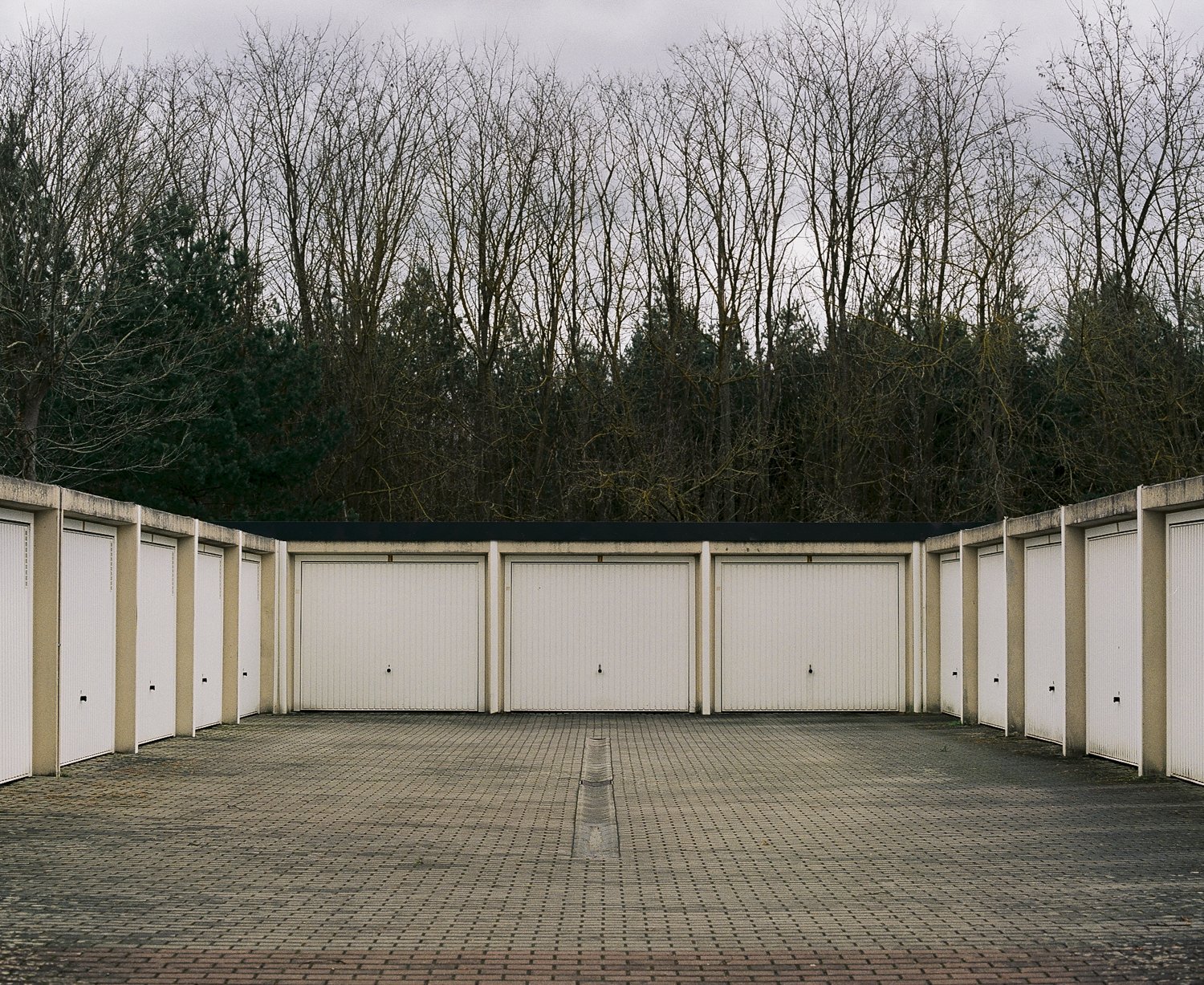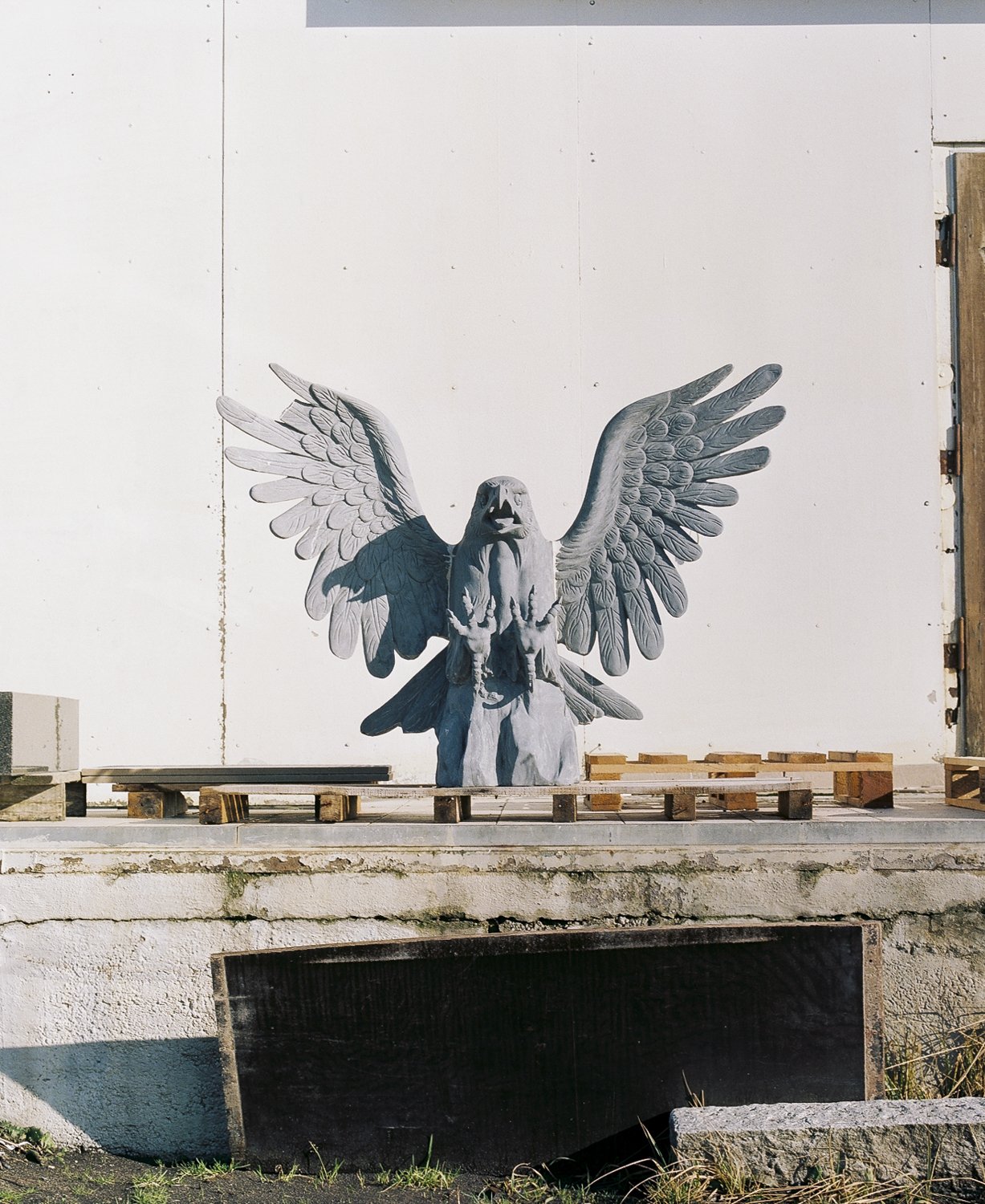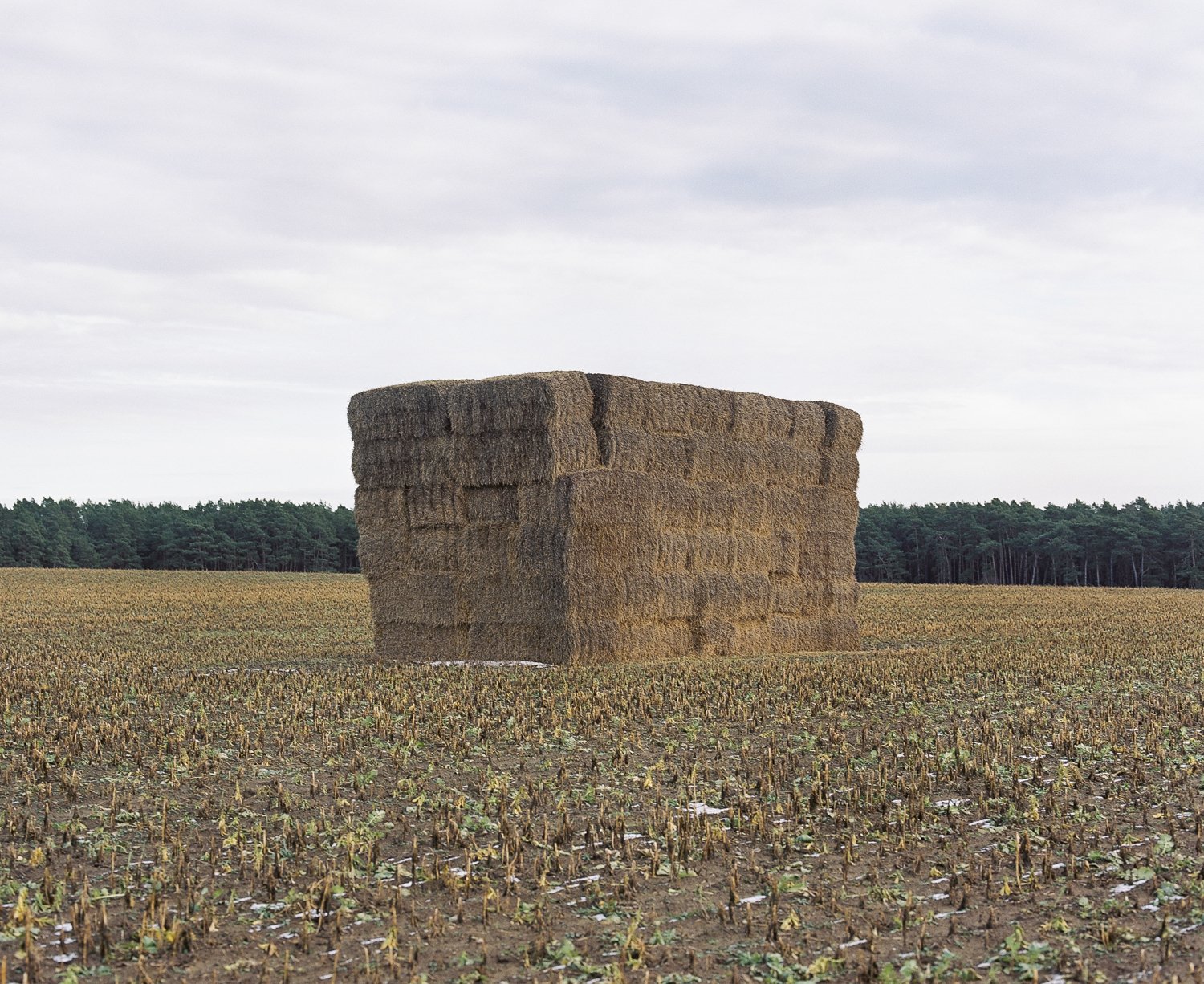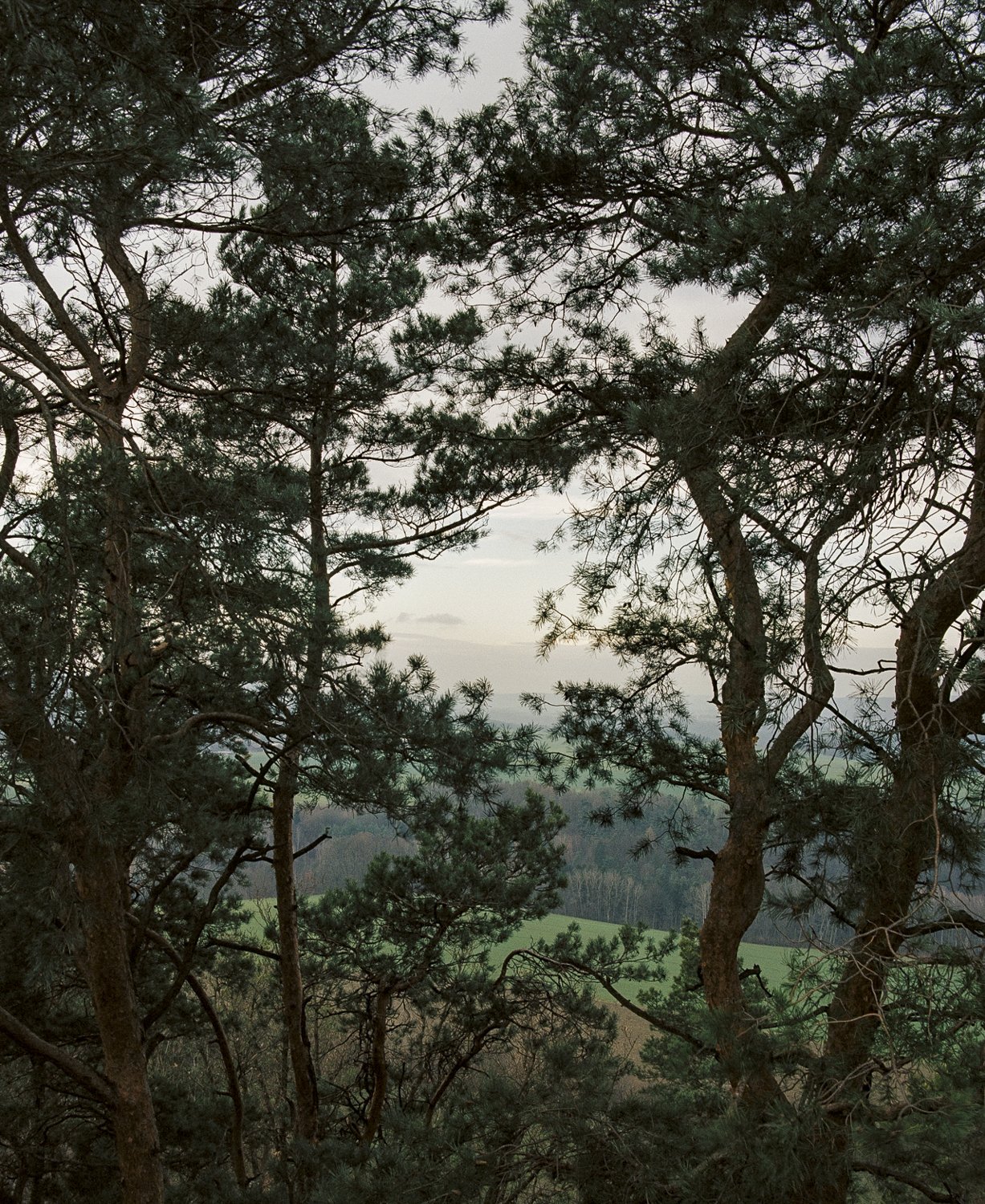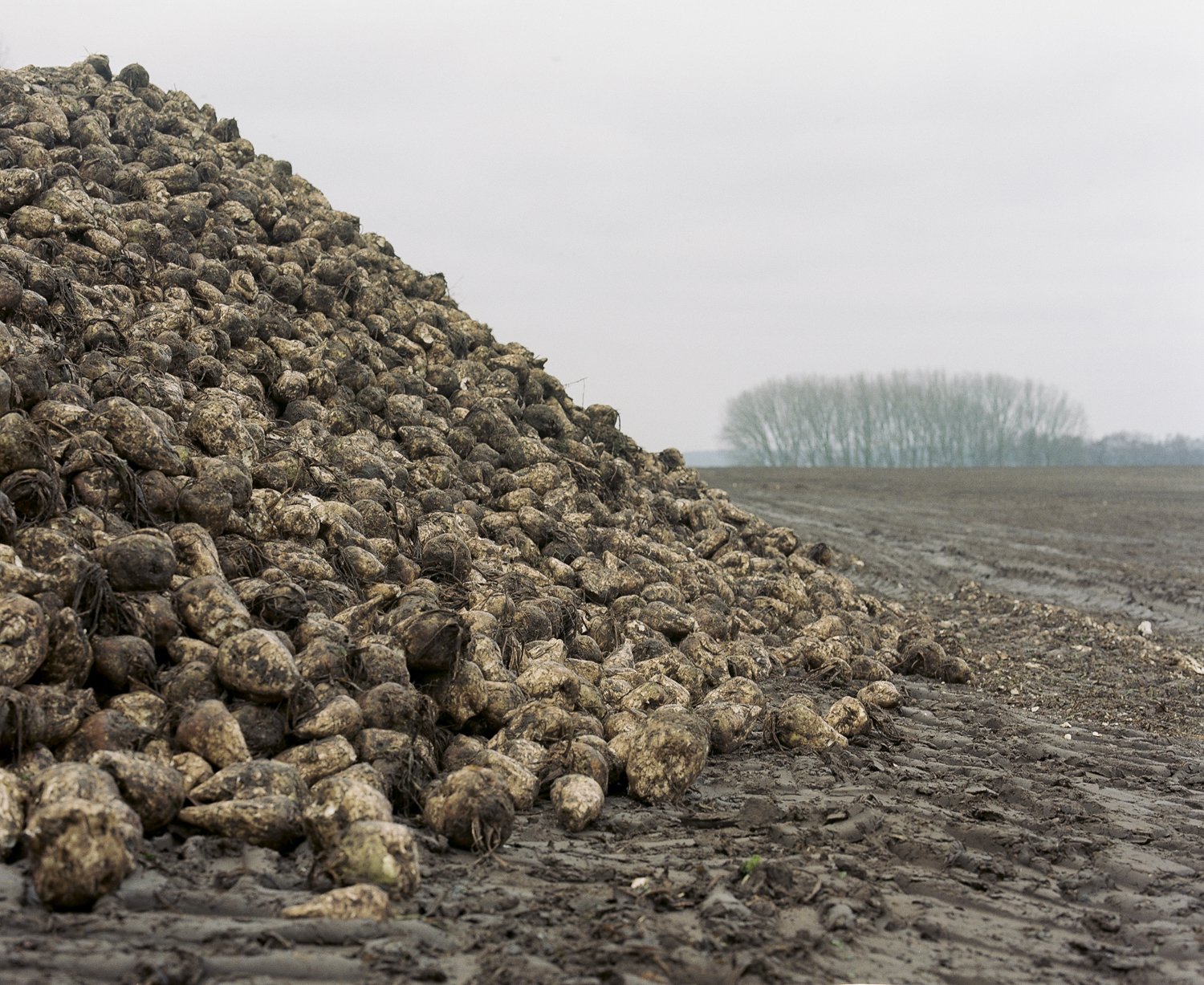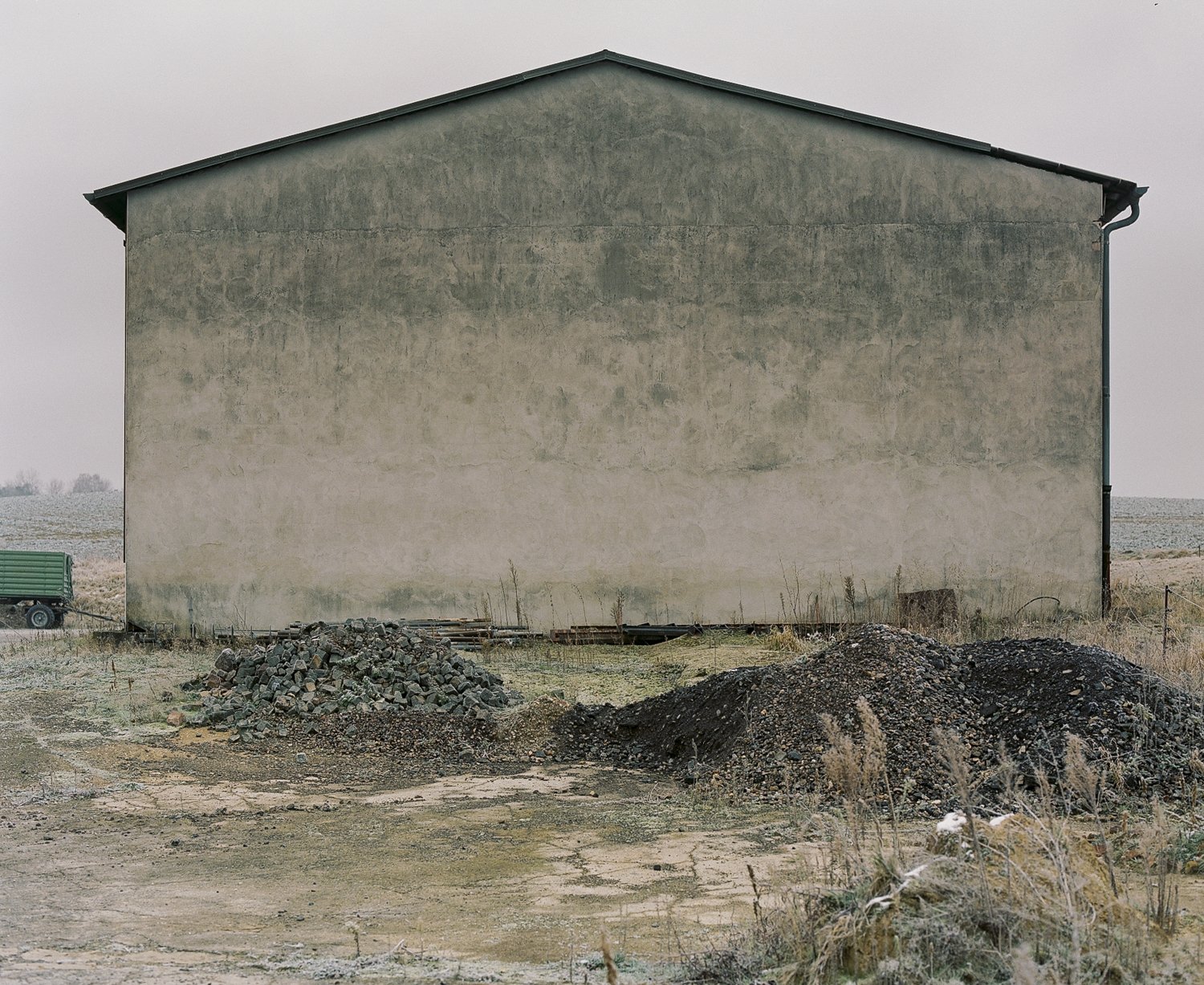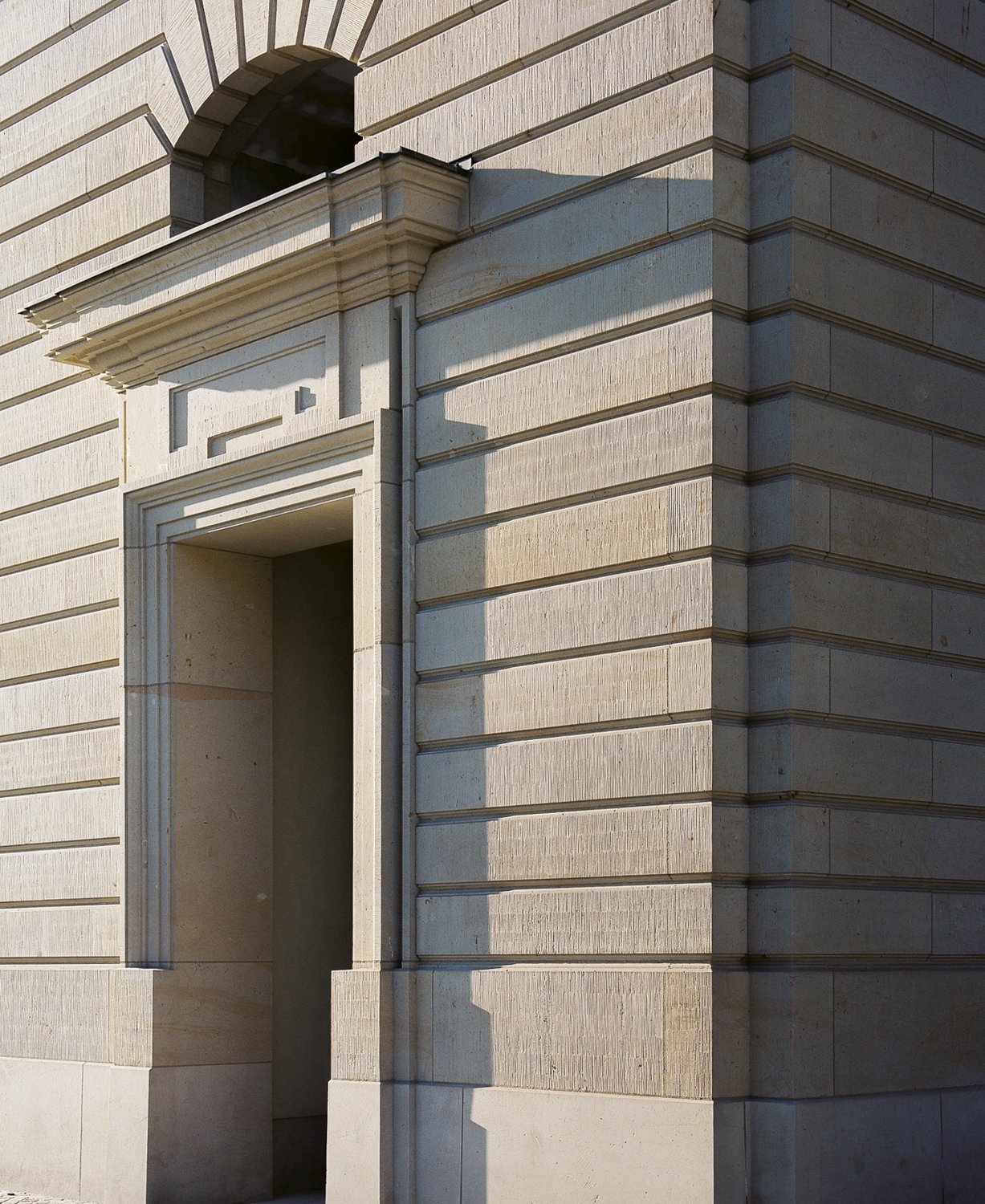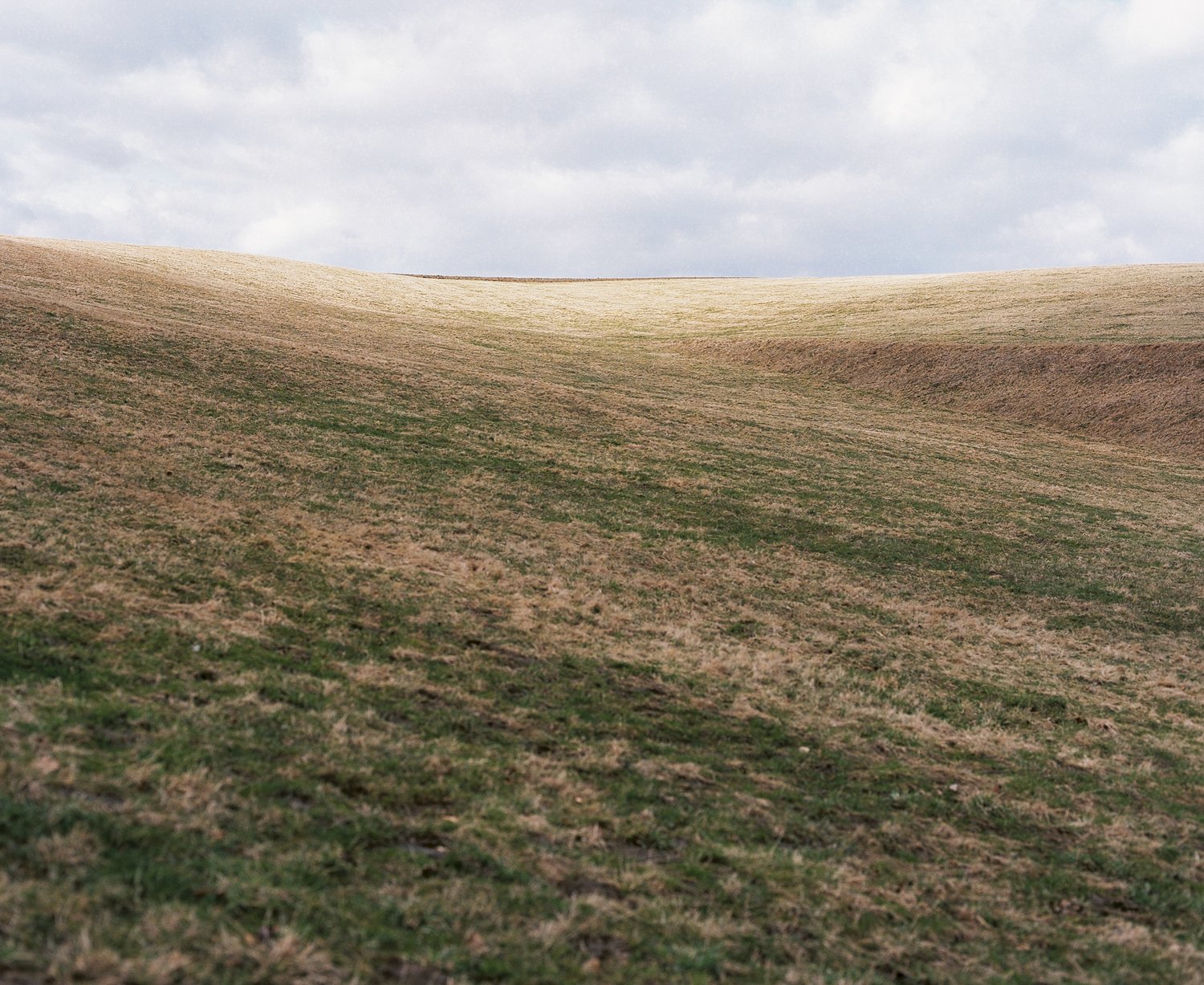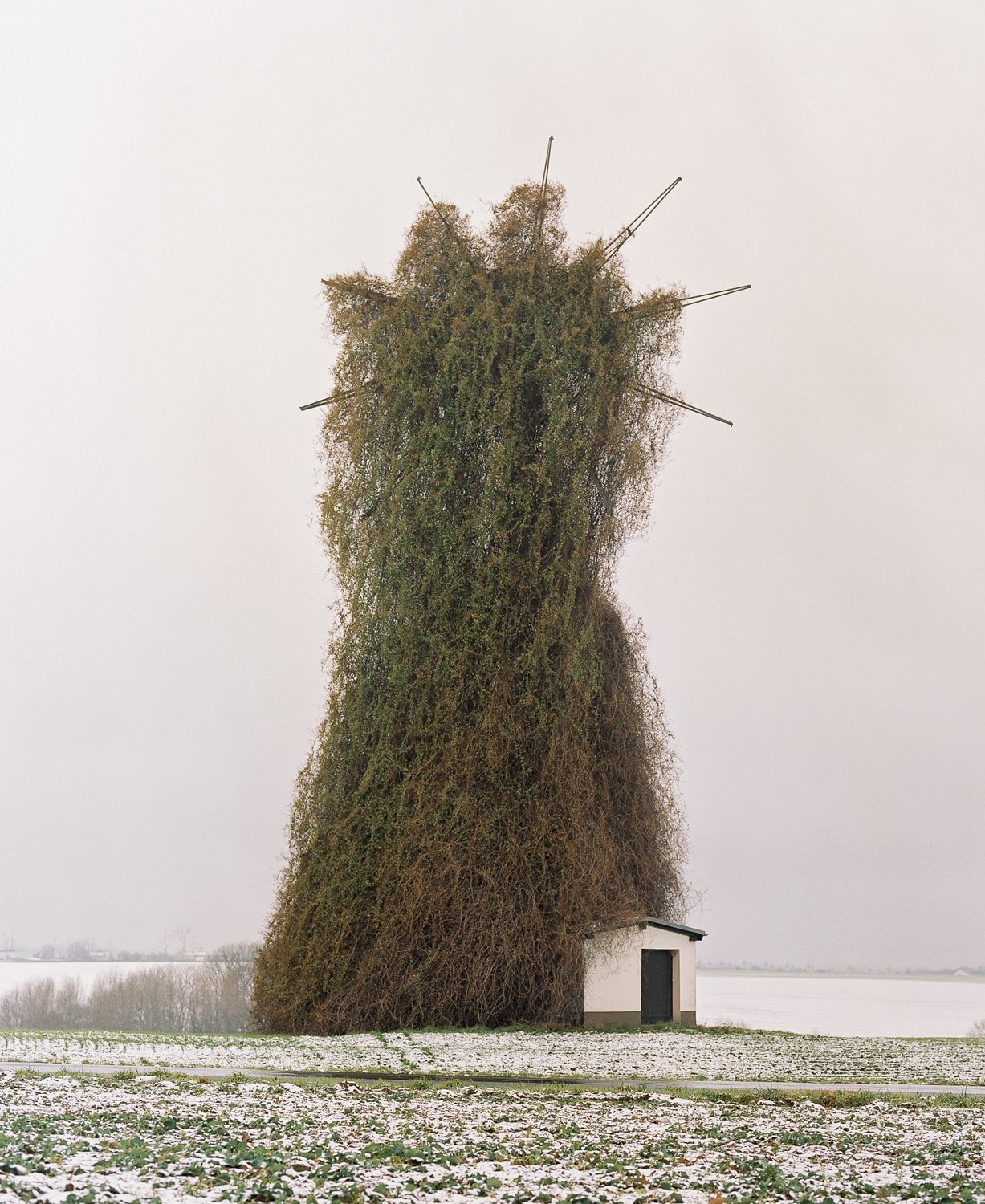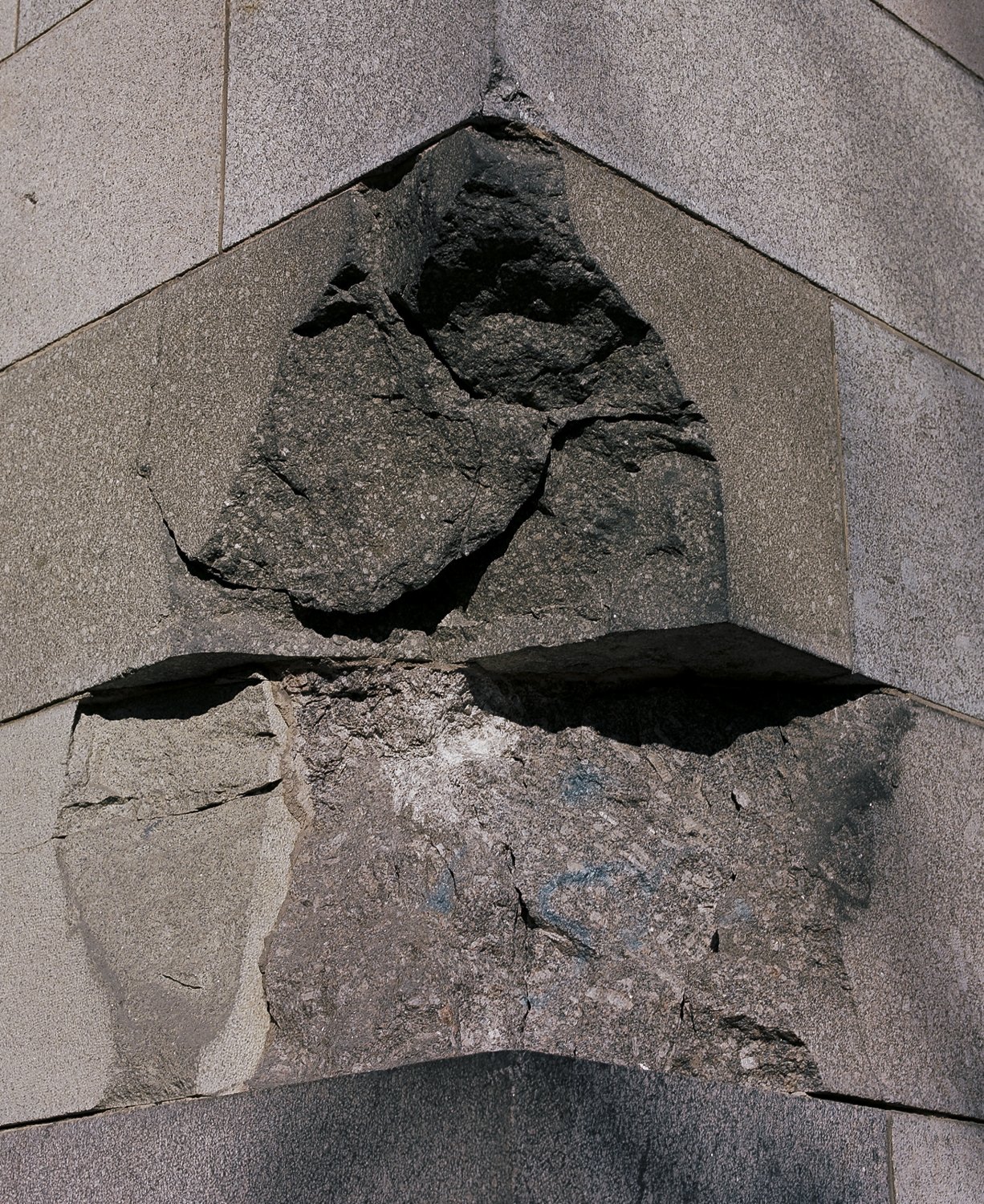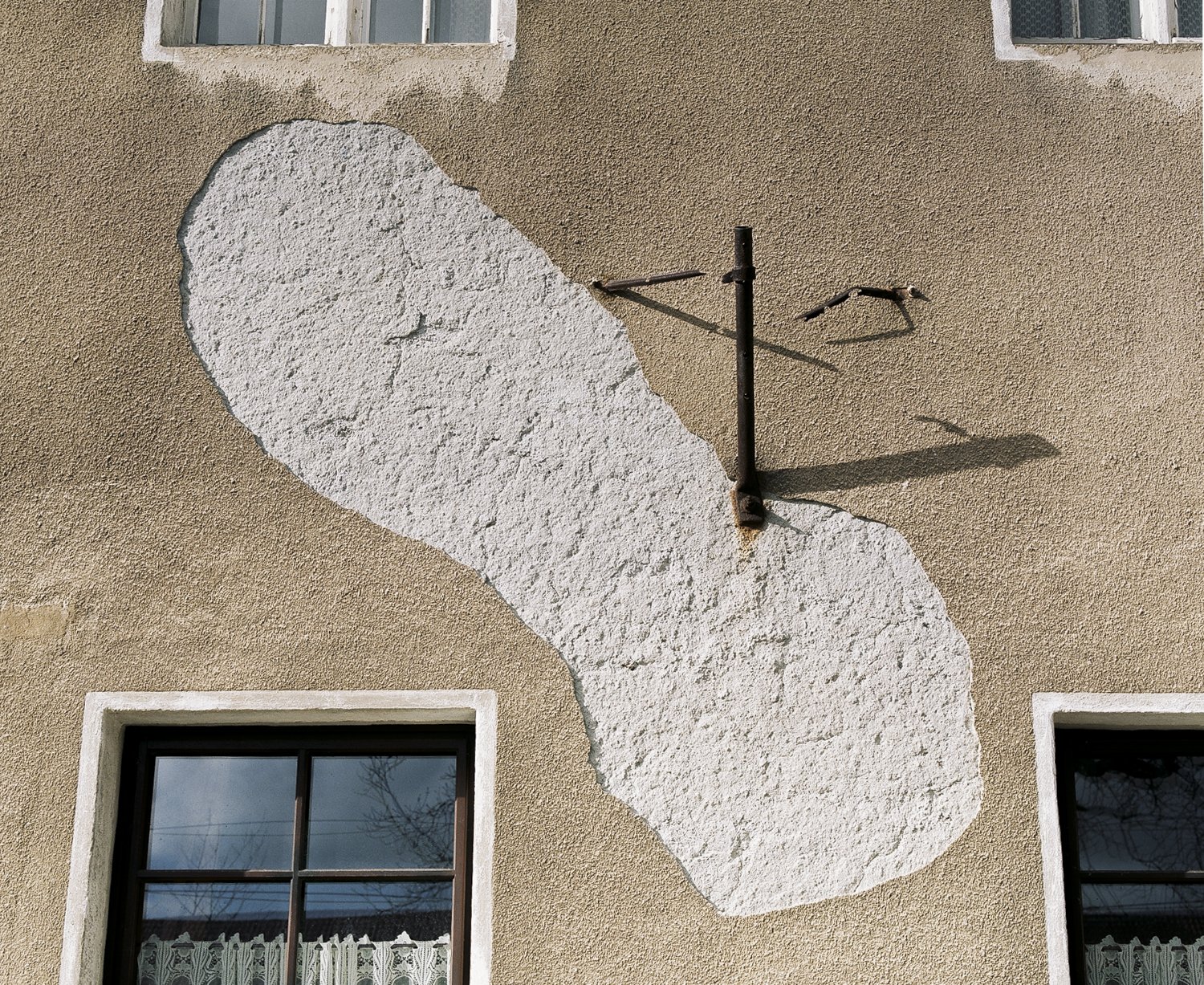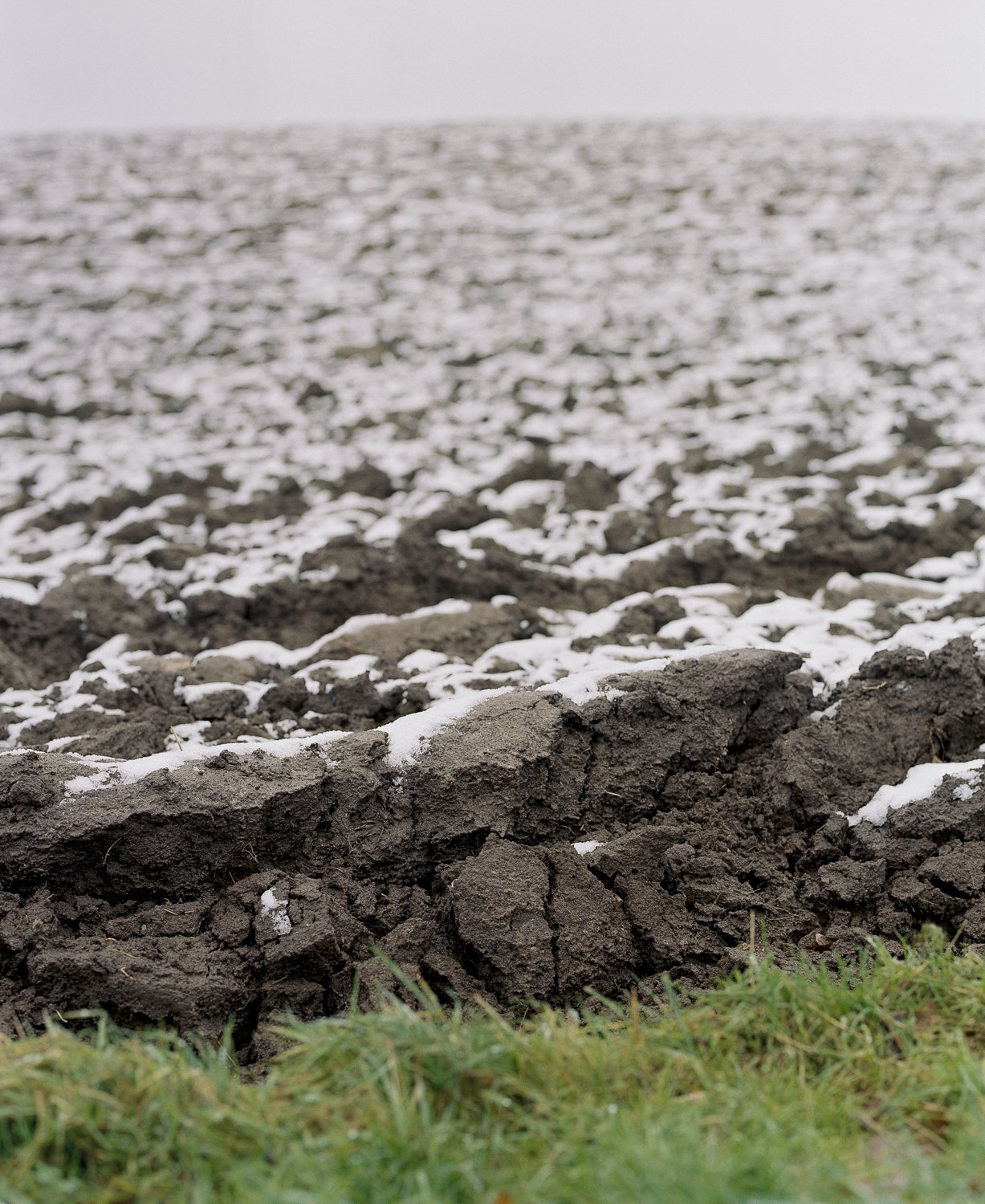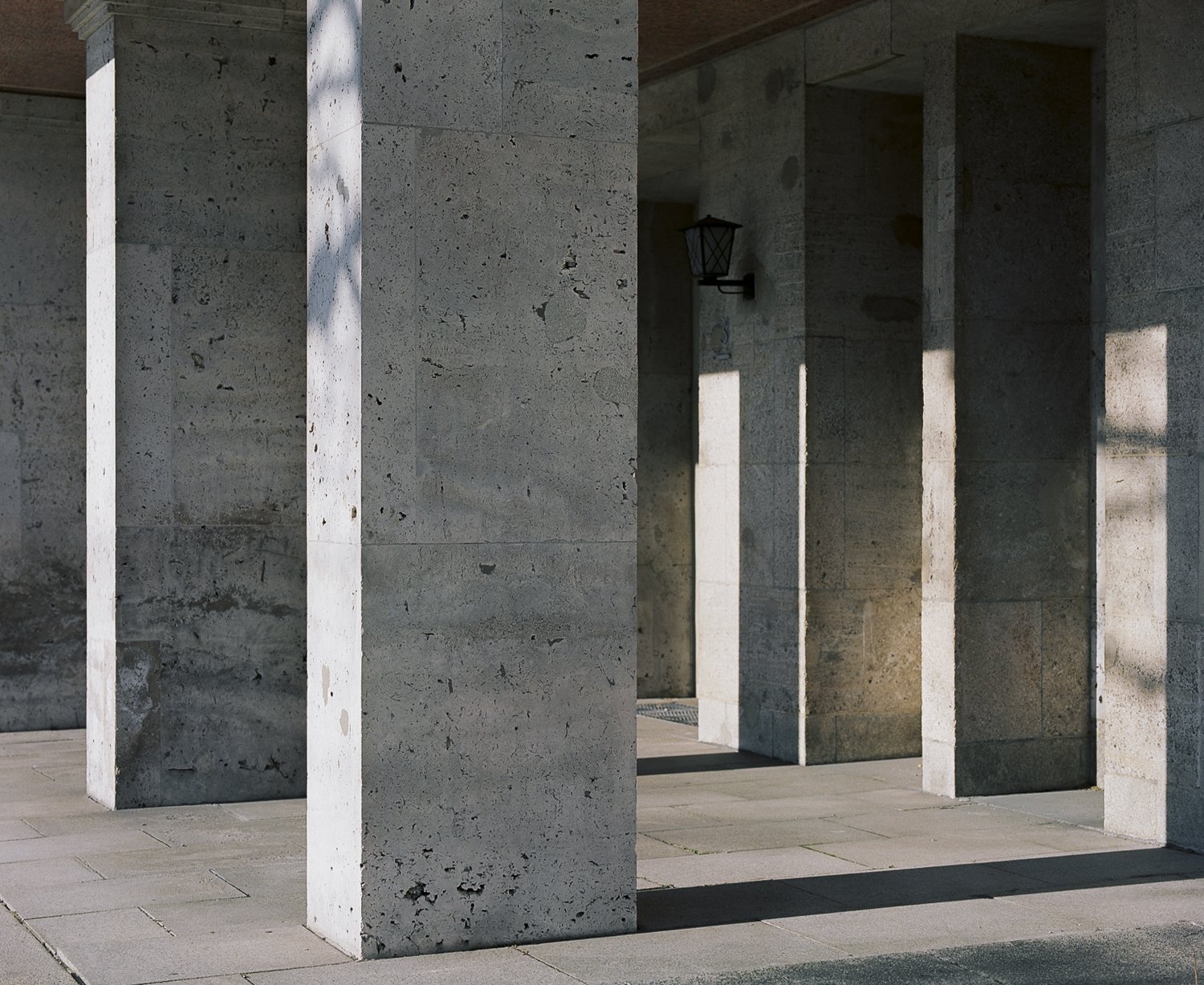Tim Gassauer
EINIG: Territorium
The series "EINIG: Territorium" deals with the German subject of Heimat from a consciously critical perspective. Heimat is about questions of belonging, of being part of a bigger narrative, a cultural identity. However, these questions can be answered very differently at different times by different people. Therefore, the concept is extremely flexible and can include someone at one point in time and exclude them again at another point in time.
Constructions of Heimat and the mechanisms of exclusion and hierarchisation inherent in them are the central object of investigation in the images. In this way, a photographic examination of German fantasies of superiority, structures of violence in the past and present, and romanticised notions of Heimat occur.
This strategy is to find traditional notions of Heimat from the (violent) German past and then search for their equivalents or traces in the present. The aim is to explore how this results in interferences and connections.
The pictures show places where the Wehrmacht organised the Second World War, where right-wing underground networks committed targeted murders of people with a migration history, where Propaganda Minister Joseph Goebbels went for walks, and where thousands of Germans cheered on the war of aggression on Europe in mass conferences.
This and the in-between.
The images currently shown on this website are a curated selection showcasing a work-in-progress.
Tim Gassauer
Tim Gassauer lives and works in Berlin. He is currently studying at the Ostkreuzschule für Fotografie. Before that, he studied communication and political science at the Freie Universität in Berlin. His bachelor thesis focused on the photographic representation of suffering in the context of constructions of “the other.” In his photography, he pursues a documentary approach and is increasingly concerned with social and political issues. One focus of his work is the investigation of the use and design of social spaces as well as the political discourses and positioning interwoven with them. Deep research into political, social and historical traces plays a central role in his approach.
